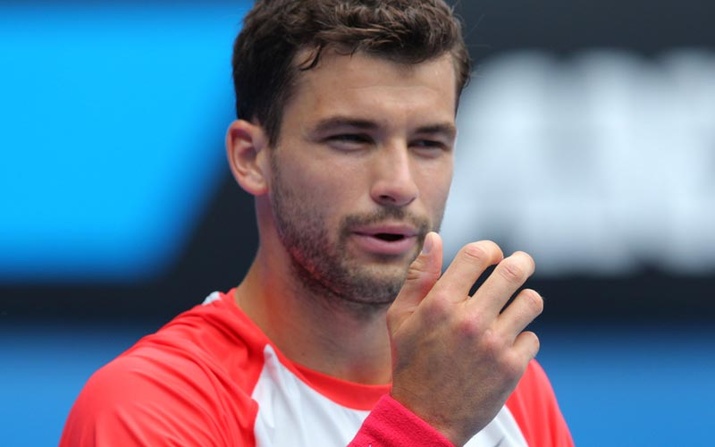Don't miss any stories → Follow Tennis View
FollowTurning the Tide and Reversing Momentum to Take the Lead

Every recreational player has felt the moment of panic when a lead slips away. What matters is not that it happened, however, but how the player responds. While former ATP star and ESPN commentator Brad Gilbert suggests slowing down the tempo, current top-10 woman Angelique Kerber supports a more aggressive response.
“When you're winning, go faster and keep the tempo. When the lead is starting to slip, like you’ve been up 4-1 and now you’re down 5-4, slow down and try to make it last longer, forcing your opponent to think a little more. Also, I see a lot of club players forgetting to breathe! Don’t hold your breath and get red-faced. Breathe, calm down and think.” –Brad Gilbert
According to Gilbert, recreational players often start to rush when adversity strikes. Increasing the tempo may help a player build momentum, but extra time to think helps to turn the tide when an opponent has the edge. Recreational players should think about what put them in a winning position initially, or try to break down the sources of the opponent’s success. Simply remembering to breathe and stay calm can reap huge rewards, for it is easy for recreational players to lose control of a situation as their emotions unravel.
Instead of this measured approach, Kerber prefers to raise her intensity and fight with as much fire as possible. Like Gilbert, she acknowledges the importance of staying focused in these situations. But, rather than thinking about the opponent’s tactics, Kerber steels herself to concentrate only on herself and her game.
“It's pretty simple, take time to analyze. If you listen to the best coaches in the world, whether it’s tennis, football or basketball, they will constantly talk about the success that they’re having and analyze what they're doing to achieve success.” –Ryan Harrison
Both Gilbert and Kerber have enjoyed sparkling successes on the ATP and WTA Tours, respectively. So have several other players with whom Tennis View spoke on this topic. Think about which approach might work for you when you next find yourself in this position.
This article is from the Mar/Apr 2014 - Stan Wawrinka issue |
|

|
SOLD OUT Subscribe now and you'll never miss an issue!
|










